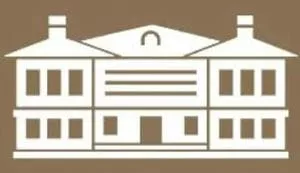Department of Archaeology
It is one of the two established specialized departments of the newly founded museum, and in 1963, the Department of Numismatics was also formed. The archaeological collections contain a fund of around 5,000 inventoried artifacts, while the numismatic collections possess around 7,000 processed and inventoried coins.
The archaeological and numismatic collections belong to the most representative museum collections of this type in the country and cover the period from prehistory to the late Middle Ages/Turkish period.
The three main collections are: prehistory, antiquity, and the Middle Ages.
The archaeological sites that have provided the most representative finds include Gumnište and Čukar, Pavlovac – Neolithic period; Meanishte, Ranutovac – Bronze Age; Kale, Krševica – Hellenistic period; Gradishte, Davidovac – Roman period; Gradishte, Prvonak – Late Antique/Early Byzantine period; Gradishte – Topionica, Veliki Trnovac – Late Antique/Early Byzantine period; Markovo Kale, Vranje – Roman period/Late Middle Ages/Turkish period; and the Gate of the St. Prohor Pčinjski Monastery – Roman period/Late Middle Ages.
Numismatics
The numismatic collection includes 24 rare octadrachms and decadrachms from the late 6th century BC, belonging to the ancient Deroni tribe, and one octadrachm of Alexander I of Macedon, found at the Ciganski Rid site in Vranje in 2003. It also contains several examples of Greek drachmas, Roman denarii from Priboj Vranjski known as the “Priboj Hoard” found in 1995, as well as several examples of Byzantine, Serbian medieval, and Turkish coins.
